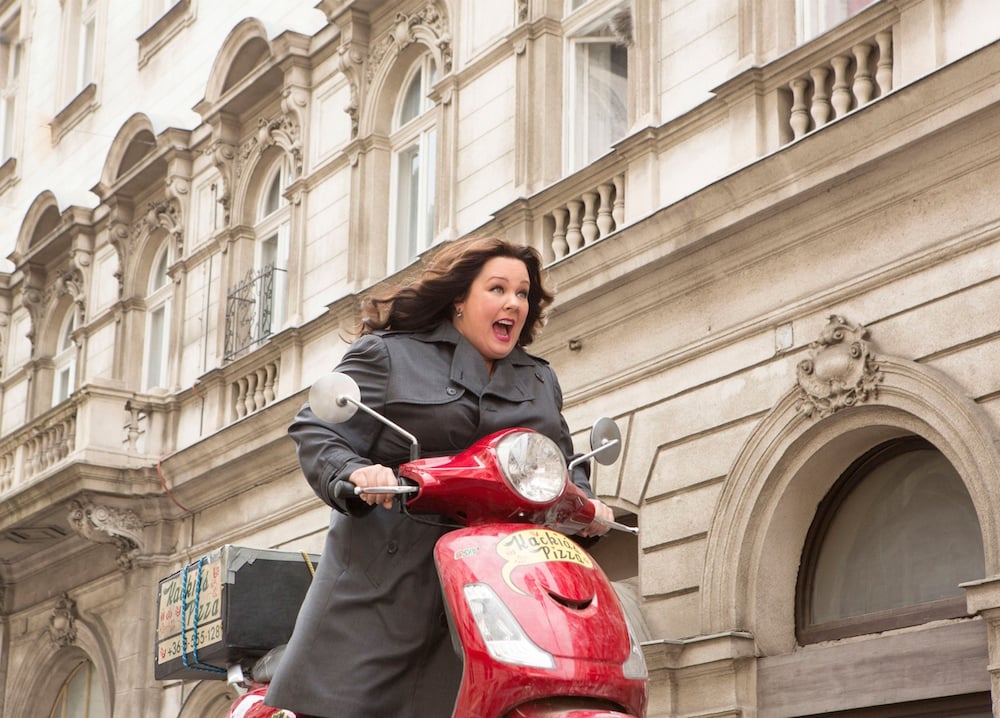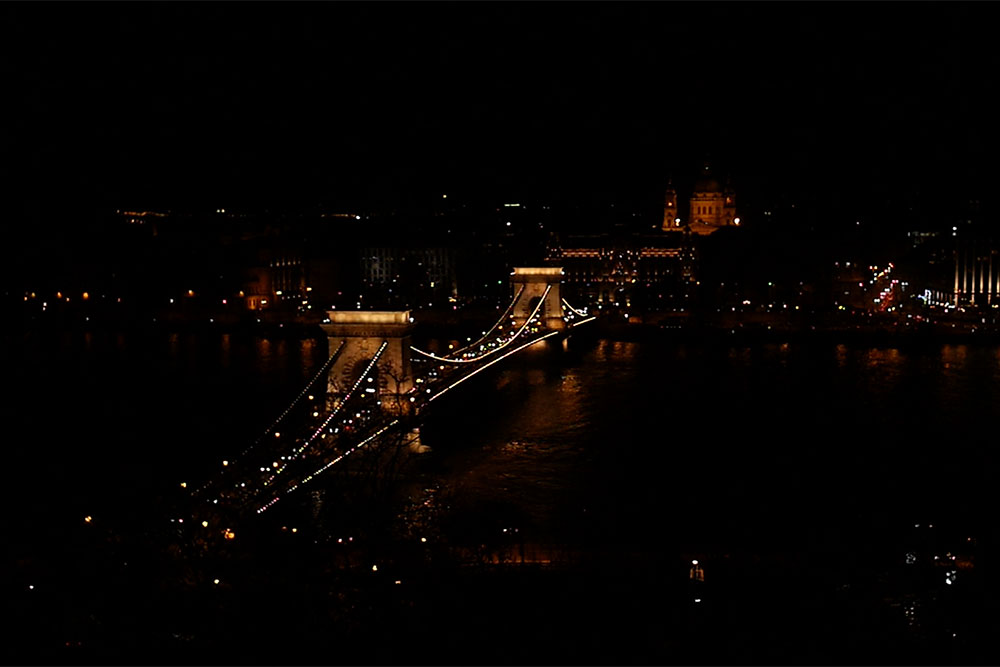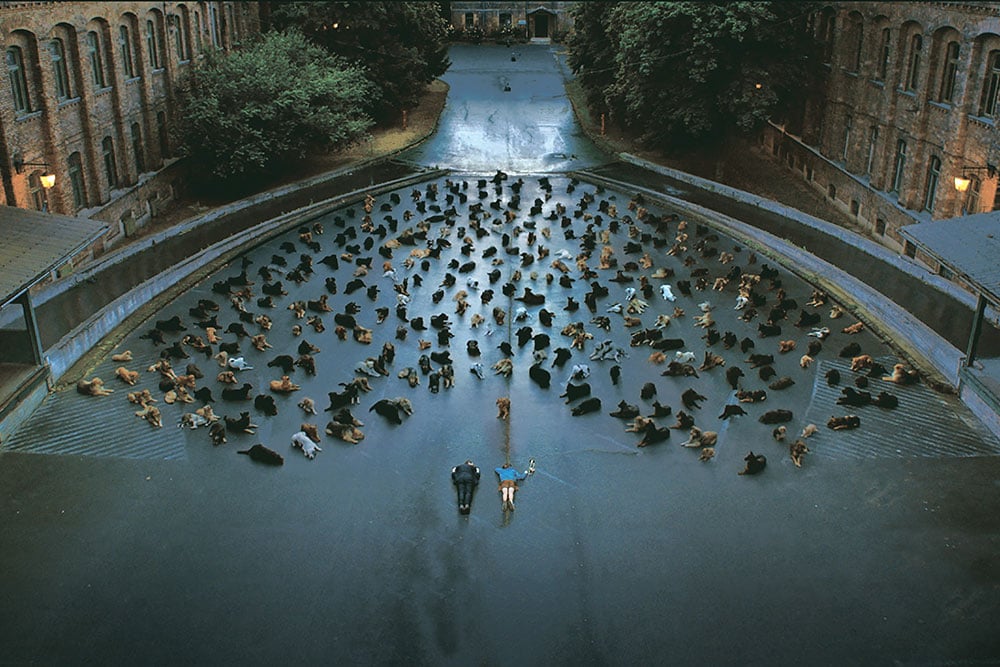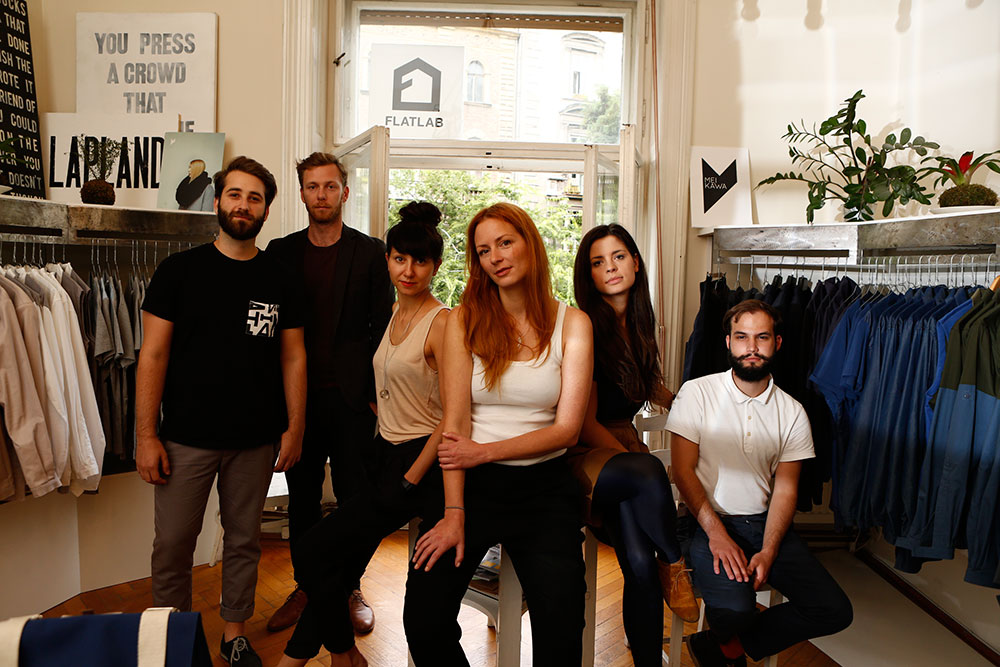Starring role: why Tinsel Town can’t get enough of Budapest

When Hollywood needs a city to portray a variety of locations around the world, Budapest is the place it increasingly turns to. But what makes this city so appealing to the film world's biggest and best?
Hollywood may be at the centre of most big-budget western film productions, but more and more of its directors are abandoning American sets for European climes. The new Star Wars films continue to shoot in London, while Iceland has become a home for everything from Marvel Superheroes to Game of Thrones’ White Walkers. When portraying a city, however, Budapest has found a starring role as both a location in its own right and one able to replicate almost anywhere in the world.
The city is blessed with many architectural flavours. Historic Roman ruins, breathtaking neo-classical design, baroque influences and art nouveau architecture can be seen across the city, serving as a versatile backdrop for whichever location, culture or era directors are trying to portray. Some of the biggest stars and franchises in the world have set part of their films in the city, or used its streets to stand in for everything from Paris to Moscow. We’ve picked some of Budapest’s most prominent appearances in mega-budget Hollywood, which show how the vibrant, cosmopolitan city can easily stand in for some of the world’s most famous locales.
Mission: Impossible – Ghost Protocol (2011)
Director: Brad Bird
If you want movie stars, how about starting with the most famous actor in the world? Tom Cruise’s Mission: Impossible franchise is known for its globe trotting adventures, and Budapest was one of the main choices for the fourth film in the series, Ghost Protocol. An early sequence, which chronicles a mission gone wrong, is set in the Budapest-Keleti train station, and stands out even in a film as action packed as this. The bustling platforms and eclectic architectural design are the perfect setting for the sequence and give the film an unmistakably European feel. It also takes advantage of the station’s surrounding buildings where the observing agents, which include British Star Trek actor Simon Pegg and Warcraft: The Beginning’s Paula Patton, look down over the mayhem.
While Cruise himself didn’t film here, it serves as the catalyst for most of the action in the film, prompting his character’s return to the fold and the mission that follows. Given that the sequence is set in the city, there was no need for it to be disguised as anything else, so director Brad Bird (Tomorrowland, The Incredibles) indulged in a sweeping helicopter shot of the skyline, passing over St Stephen’s Basilica and the Hungarian Parliament Building, framing the location’s beauty perfectly for audiences around the world. So important was the city to the film’s plot that the first track in the film’s official score is cheekily titled Give Her My Budapest!
Spy (2015)
Director: Paul Feig
We’re staying on an espionage theme with this recent comedy starring Melissa McCarthy, who plays a mild mannered CIA office worker forced to go into the field following the death of a star agent (Jude Law). While less dramatic than Mission: Impossible, the story also takes place in locations around the world. What makes Spy different is that despite its international storyline, every single part of the film (bar a few establishing shots) was made in Hungary.
Director Paul Feig identified the city as ideal given that its range of architecture means it can stand in for Paris and Rome before eventually playing itself in the final act of the movie. The interiors of Budapest’s finest venues are also allowed to shine in this film. One such scene occurrs in the Hungarian State Opera House, where McCarthy and co-star Jason Statham have a foul-mouthed exchanged. The decadent decor gives the scene a 007-like quality which more than suits its temporary role of a Rome casino in the film.
Towards the end of the film, a key sequence occurs at the Ethnography Museum, normally a home for pre-war Hungarian artefacts but, for the purposes of this madcap caper, was turned into a nightclub where no less than rapper 50 Cent was performing. Of course, the opulence doesn’t last long; McCarthy causes no end of chaos chasing an international crime lord. Spy stands as a prime example of how Budapest’s eclectic identity can make for locations Hollywood set designers would kill for.
Underworld (2003)
Director: Len Wiseman
Kate Beckinsale’s gothic hit from the early 2000s spawned several sequels and became a cult hit. While the locations of the films are never explicitly stated, all of the first film and much of the sequels that followed were made in Budapest. Beckinsale’s character Selina narrates while overlooking the city, and much of the Budapest underground system is noticeable during the film’s action scenes. The bustling square Ferenciek tere and the bar- and restaurant-filled courtyard Gozsdu udvar will also be recognisable to keen-eyed viewers.
It’s another example of the city’s ability to be everywhere and nowhere at the same time. There are hints of the old world and the Hungarian roots of vampire folklore which are littered throughout Len Wiseman’s film and present on the walls of the characters’ shadowy palaces. At the same time, the film feels decidedly modern, with the city’s streets where Selina and her kind do battle imbued with a sense that we could be anywhere in the world. This film uses the versatility of area in a much more unique way, creating a vista that is recognisable to everyone despite not having an exact location specified.
Such was the success of the original film that three more films were made, all in some way using Budapest as a location for its dark, dystopian tone. To the series’ legions of dedicated fans, it is held in the highest regard as the true home of their beloved characters and story lines.
The Raven (2012)
Director: James McTeigue
Of course, not all movies are concerned with the present day. Elaborate period films can cause a great deal of problems for productions, not least because the city in which their story is set looks dramatically different. This was the issue for thriller The Raven, where John Cusack’s Edgar Allan Poe pursues a killer inspired by his most famous work. It would have taken a huge amount of studio trickery (not to mention money) in order to turn modern day Baltimore, where the film is set, back into the way it looked in Poe’s time (the mid-19th Century). This is where the eye-catching architecture of Budapest steps in.
Aside from the costumes and horse-drawn carriages, very little was done to Szobi and Eötvös streets in the scene above (which coincidentally also feature in Underworld), and yet there is no indication that it was shot over 4,500 miles from where the story is set. The film also takes advantage of other historic buildings in the city, such as a pivotal ballroom scene which was filmed in the opulent Palace of Justice.
Upon release the film was credited across the board for its visual authenticity, transporting viewers back to a bygone era by using a very modern European setting. In an age where almost anything can be created by computer effects, tangible surroundings and real locations still capture the imagination in a way technology can’t.
A Good Day to Die Hard (2013)
Director: John Moore
Another great advantage for filmmakers is Budapest’s location — easily accessible from the United States and with the added bonus of being close by some of Europe’s best creative talent. It’s the reason productions such as Hellboy 2, Hercules and the TV show The Borgias all flock to the newly built Korda Studios, a few miles west of the city. This positioning also proved advantageous for the fifth Die Hard film, which needed a stand-in for Russia, where hero John McClane (the evergreen Bruce Willis) travels to save his son.
With shooting in Moscow a task beset with bureacracy for foreign production companies, Budapest’s Heroes’ Square stood in for the Russian capital in a prominent scene involving a terrorist attack. The Museum of Fine Arts building, with its impressive scale and authoritative columns, is thoroughly convincing as a centre for government, though rest assured a visit to the square in its normal guise would have far fewer protesters.
Like Spy, A Good Day To Die Hard filmed much of its scenes in Budapest or in nearby areas. The dangerous car chase scenes were filmed away from the historic buildings, at the Hungaroring track in Mogyoród, while scenes involving live ammunition took place at a military base.


